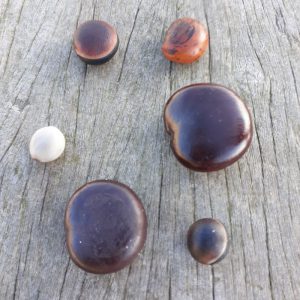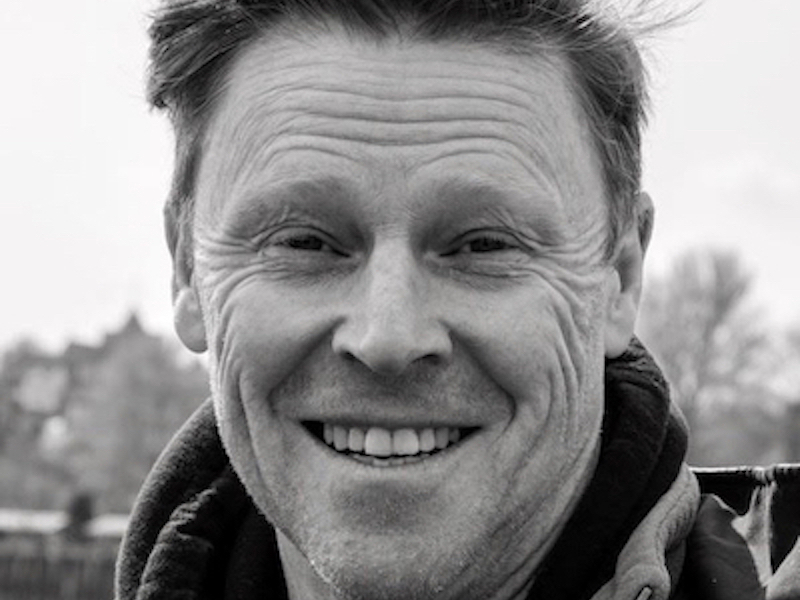Sea-bean or not sea-bean? Andy Dinsdale was going to answer that question and more at an illustrated talk he was planning to giving at Winchelsea Community Hall,on Saturday March 21. The event has now been cancelled but this is what you would have heard.
Andy, a native of Fairlight, has been beachcombing and cleaning since 2004, first as part environmental education programmes for the RSPCA and Rye Harbour Nature Reserve, then branching out in 2008 to run his own beach-cleans and surveys. “I call them marine debris surveys rather than litter surveys,” Andy says,”because most of what we’re picking up has washed up on the beach from the ocean, rather than visitors leaving it.”
In 2018, Andy took on the role of Executive Director of Strandliners, a newly-formed community interest company that tasks itself with monitoring and clearing marine waste from Rye Bay beaches and riverbanks. “70% of what we pick up and record originated inland: baby-wipes, disposable nappies, plastic bottles. 50% of that waste is domestic,” he said.
In 2019, Strandliners volunteers cleared 870 kilos of toxic debris from the banks of the River Rother and Rye shores. Each year, 3.5 billion wet-wipes are flushed down toilets and 19,000 tonnes of plastic tyre-dust, 2,900 tonnes of microfibres from synthetic clothing, 1.3 billion plastic cotton-bud sticks and 53 billion nurdles are dumped in UK rivers and seas.

Nurdles? “Nurdles are minute plastic pellets about the size of a lentil,” explains Andy. “They are the pre-production plastics from which all plastic is manufactured; so-called feedstock. They have absolutely no business being in our marine environment.”
Neither have equally tiny bio-beads. Bio-beads are used as media to collect bacteria in water-treatment plants. In spite of repeated assurances from the industry that their systems are self-contained, a keen-eyed beachcomber on Camber Sands will find literally thousands strewn along the beach.
Not all that trash is homegrown. In his years of beachcombing, Andy has found lobster trap tags from the eastern seaboard of the US and birch bark from Canada. A 2014 container spill in the Atlantic resulted in 370,000 printer ink cartridges washing up on European shores. Detailed investigation by citizen scientists tracked down the culprit: Hewlett Packard. The company subsequently donated substantial sums to coastal clean-ups.
Transatlantic voyagers have long been a fascination for Andy. Some are tiny alien crustaceans that hitchhike their way across the Atlantic from the Americas on driftwood or plastic debris. A particular favourite makes it way unassisted – the sea-bean.
“A sea-bean is either a fruit or seed that has drifted across the ocean,” Andy says. “The sea heart, for instance, is the seed pod of the flowering Liana, native to Central and South America. Some of the samples I’ve picked up over the years originated in the Amazon. Some have a tough outer seed coat, impervious to salt water, and an internal air pocket allowing the seeds to stay afloat for more than 30 years in some cases.”
Image Credits: Polly Rampling , Andrew Dinsdale .



